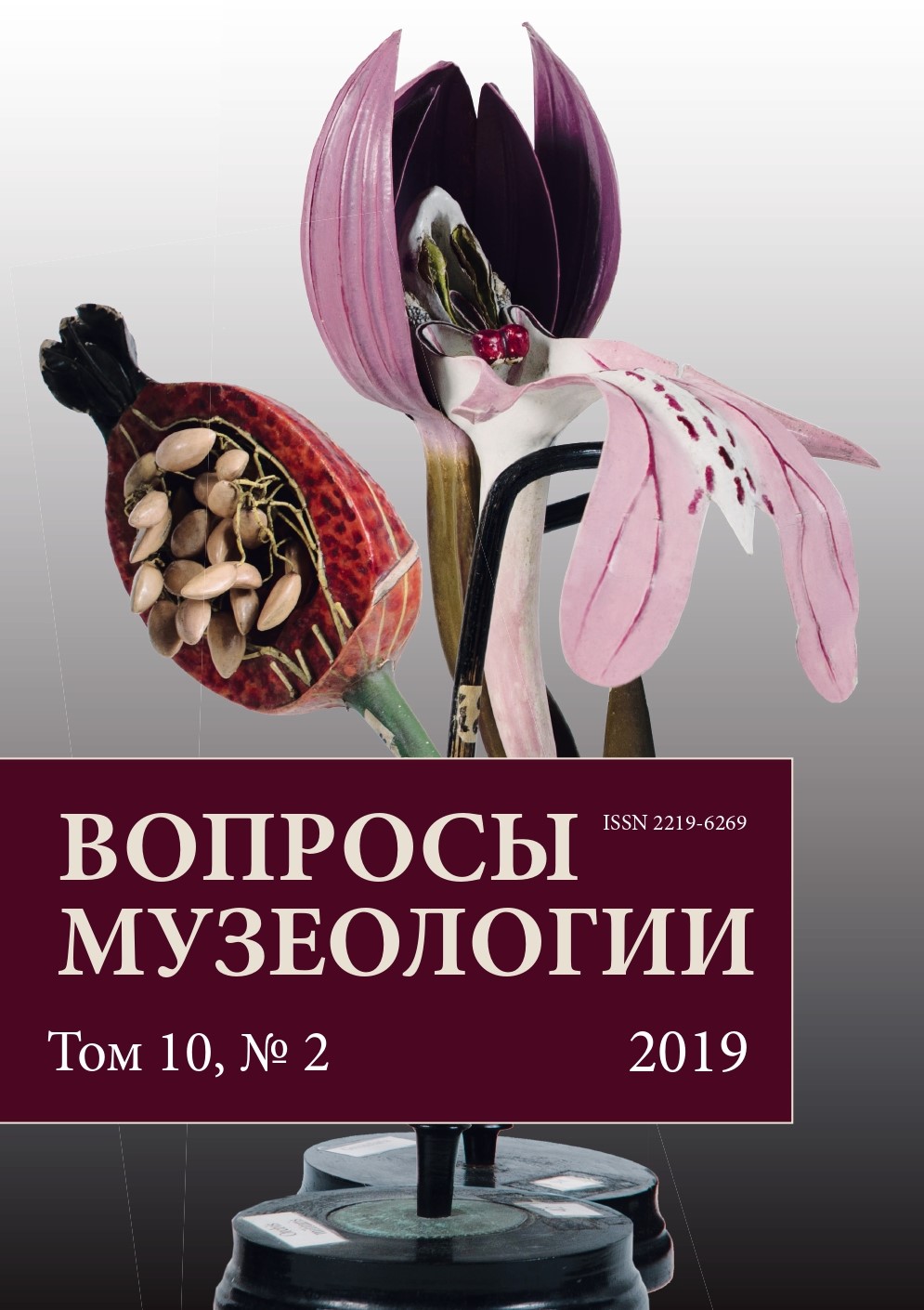How to study daily life of the Soviet elite of the second half of the 1940s — early 1950s: sources of museum origin
DOI:
https://doi.org/10.21638/11701/spbu27.2019.211Abstract
Daily life of the Soviet elite of Leningrad and the Leningrad Region from 1945–1950 has not been studied sufficiently. This is due to the presence, in the scientific works devoted to the Stalinist era, of a tilt towards political history to the detriment of social history, as well as the rehabilitation of the victims of the Leningrad affair that lasted for decades. The article analyzes sources of ‘museum origin’ on the studied topic, which are kept in museums in St. Petersburg. By the sources of ‘museum origin’ we mean the materials from museum archives, museum items deposited in collections and presented in expositions and exhibitions, as well as data posted on official museum sites. A special role in studying the daily life of the Soviet elite should be given to the State Museum of Political History of Russia. The museum was the first to publicly cover the topic of the ‘Leningrad affair,’ which had an impact on the growth of public interest in the study of this research problem. Today, among all museum collections, this collection mostly reflects the scale and nature of the ‘Leningrad affair.’ The materials of the funds of the State Memorial Museum of Defense and the Siege of Leningrad are mainly limited by the chronological framework of 1941–1945, however, the connection with the problem of studying everyday life of the Soviet elite in the second half of the 1940s and early 1950s is obvious. Thanks to the initiative of relatives of the victims of the ‘Leningrad affair,’ at the beginning of the 21st century, the collection was replenished with materials from family archives: letters and photographs were provided by the relatives of P. T. Talyush and V. N. Ivanov. Additionally, the article discusses sources of ‘museum origin’ from other historical museums in St. Petersburg, including departmental and public.
Keywords:
daily life, soviet elite, ‘Leningrad affair’, the sources of ‘museum origin', museums of St. Petersburg
Downloads
References
Литература
References
Shishkin A. A., Dobrotvorskii N. P. 2004. The State Memorial Museum of Defense and Siege of Leningrad (part 2). Istoriia Peterburga 4: 53–60. (In Russian)
Downloads
Published
How to Cite
Issue
Section
License
Articles of "The Issues of Museology" are open access distributed under the terms of the License Agreement with Saint Petersburg State University, which permits to the authors unrestricted distribution and self-archiving free of charge.




